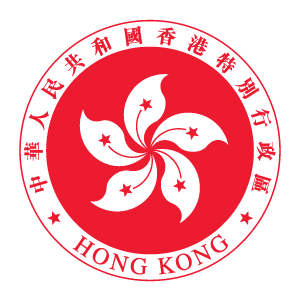WHAT IS SUBSIDIARY LEGISLATION
Should Legislative Council Members decide to consider a piece of subsidiary legislation in detail, the normal course is to form a subcommittee under the House Committee of the Legislative Council.
Nearly all subsidiary legislation is subject to the scrutiny of or approval by the Legislative Council. The negative vetting procedure and the positive vetting procedure are the two alternative procedures under which subsidiary legislation may be scrutinized or approved by the Legislative Council.
A piece of subsidiary legislation shall be laid on the table of the Legislative Council at the next sitting after it is published in the Gazette. Not later than 28 days after that sitting, the Legislative Council may amend the subsidiary legislation by resolution at a Council meeting. The Legislative Council may also, by passing a resolution, extend the scrutiny period by 21 days, or to the first Council meeting held after the 21st day from the original expiry day. Unless another date is provided, the subsidiary legislation commences on the date of its publication in the Gazette.
If an ordinance which empowers the making of subsidiary legislation provides that the subsidiary legislation shall be subject to the approval of the Legislative Council or contain words to the like effect, a public officer may move a motion in the Legislative Council to seek its approval for the subsidiary legislation made. The Legislative Council may approve or reject the subsidiary legislation by passing or not passing the motion, and may also amend the subsidiary legislation.




